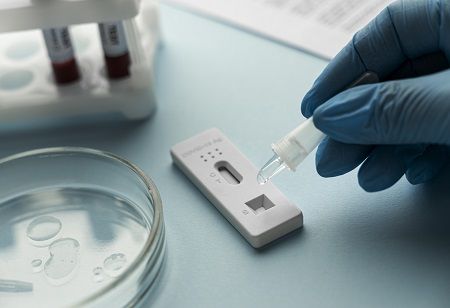India Pharma Outlook Team | Wednesday, 02 April 2025

The World Health Organization (WHO) is currently putting malaria rapid diagnostic tests (RDTs) under scrutiny after reports of faint positive lines in tests done to confirmed malaria-infected patients.
According to the reports, most of the observed faint lines were done by patients with low parasitemia, which means a small parasite load in the blood. Nonetheless, some patients with high parasitemia, who would typically produce strong lines in a test, have also reported faint lines.
According to WHO confirmations, reports on faint lines were received by the organization in the previous year, but it refrained from naming the companies involved. Other than the major brands, like Abbott, Advy Chemical, and Zephyr Biomedicals, there are tons of testing companies that produce products to WHO regulatory standards.
As far as the exact evidence goes, there is no precise pointer as to which the most applicable RDT brand is. However, a study published in the British Medical Journal found that in a study of 85,000 participants from different countries in Africa, Abbott’s SD Bioline Malaria Ag Pf was the most commonly used rapid test brand.
These faint lines in tests lead to false negatives, which consequently misdiagnose and delay treatment for those infected, leading to increased severity of health impacts and possible mortalities. According to the WHO, patient health is hindered by misdiagnosis because of faint lines, especially in under-resourced settings where there is no microscopy available.
The WHO alert affects both RDTs that would detect Plasmodium falciparum and Plasmodium vivax, as well as pan-species tests. Adhering to the said recommendations would include proper transport such as test storage, current training of users, and visual acuity checks. Given these constraints, any faint test line should be considered positive. This is obviously more important to WHO activities in Africa, where about 94% of cases and 95% of malaria death occur worldwide.